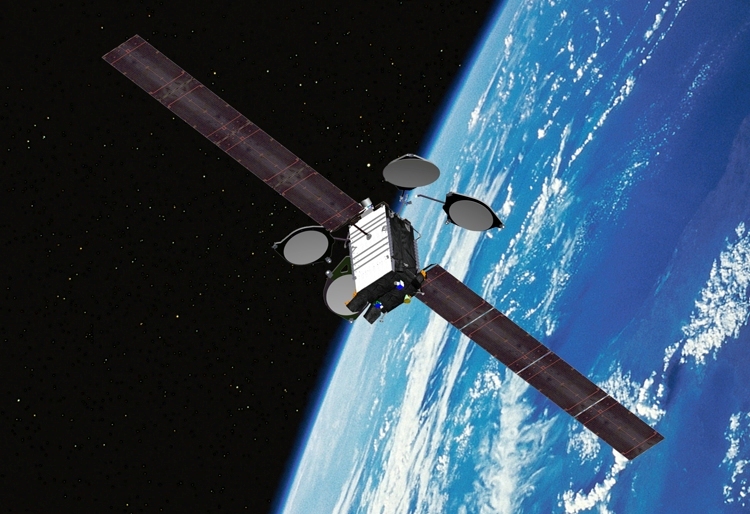In late May, a new hybrid SES satellite – SES-15 – was successfully launched into orbit from Kourou, French Guiana. This satellite is notable for a few reasons, including its propulsion systems and the payloads it carries.
SES-15 is the first all-electric satellite built for and operated by SES. The spacecraft utilizes a highly-efficient electric propulsion subsystem that uses Xenon gas rather than dangerous liquids propellants for both orbit raising and orbital control. But that’s not all that sets this satellite apart.
The satellite is also carrying a very important hosted payload on behalf of the Federal Aviation Administration (FAA). SES-15 is playing host to an FAA Wide Area Augmentation System (WAAS) hosted payload. These WAAS payloads are a part of a terrestrial and satellite network that augments GPS and ensures greater precision in the routing and piloting of aircraft.
To learn more about the launch, the SES-15 satellite, why this satellite accounted for many exciting “firsts,” and to discuss the future of the WAAS program moving forward, we recently sat down with Bryan Benedict, the Senior Director of Innovation and Satellite Programs at SES Space and Defense, and Dana Hargrave, the Senior Program Manager for WAAS at Raytheon, to record a podcast.
Here is what Bryan and Dana had to say:
[iframe //percolate.blogtalkradio.com/offsiteplayer?hostId=858045&episodeId=10098277]
